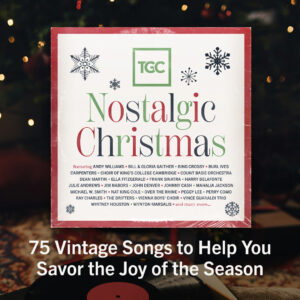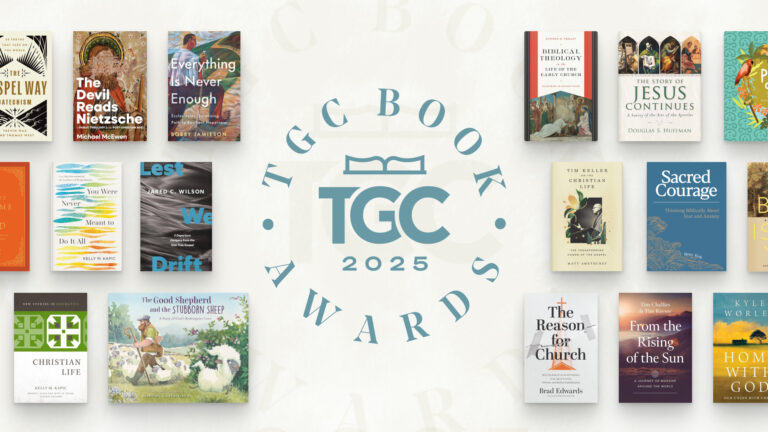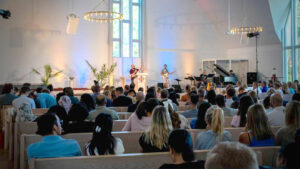Silence is a journey I was reluctant to go on. In fact, if not for my friend Mark Rodgers who kept on insisting I write the book Silence and Beauty, despite the fact I said “no” several times, I would never embarked on it.
“Would you like to speak to Marty about it?” Mark asked finally.
“Sure . . .” I answered. Who wouldn’t want to speak to the legendary film director! Not too long afterward, I met with Martin Scorsese in his home.
Full of movie posters and statues (including an Oscar), his townhouse felt resplendent, with so many stories each object, each image can tell. What was promised to be a short meeting turned out to be an hour with several of his associates in the room. We spoke of his experience with The Last Temptation of Christ, with which Scorsese became the inadvertent poster child for burgeoning culture wars. We spoke of Japanese author Shusaku Endo and Kichijiro (one of Endo’s key characters in his 1966 book, Silence), a journey that began for Scorsese 27 years ago and culminates today with the release of his new movie. His associate spoke about the process of how an adventure film is made, but the way Scorsese agreed with this comment led me to believe this project was more than that.
He nodded; then he began to speak of his daughter.
I suddenly realized what I’ve known for more than 15 years raising my own children in New York City, regularly running into cultural or business luminaries on soccer fields and at school plays. Scorsese is also a father who, like all of us, adores and cares for his child. At that moment he simply became a fellow parent to me—journeying through life, struggling, hoping to create something enduring that will communicate to his children.
Then he said: “I want to honor Endo and the martyrs of 17th century. . . . I want to make a film my daughter can bring her friends to see.”
At that point, I fell into this journey. I took the “red pill” and decided to enter the Matrix—the Matrix of complexity, trauma, and darkness that Endo captured in his classic novel. I also began to call Martin Scorsese, one of the greatest artists of our time, “Marty.”
Not the Silence of God
I tell people who show interest in Marty’s new film to read the novel first. “Read it to the end—and by the ‘end’ I mean the appendix.”
I find many responses to the novel shallow, and some critical reviews miss the heart of the story. People assume Silence is about the silence of God. Yet Endo, almost every time he spoke about his novel, kept saying: “Silence is not a novel about the silence of God; it’s a novel about the voice of God speaking through silence and trauma.”
It took Marty several years to get to this heart of the novel. In recent interviews, he confessed he couldn’t “get it” at first, but he also knew this was a journey Endo was inviting him to, a journey he knew he had to take.
.jpg)
Endo didn’t just try to write a good novel; he ambitiously set up a complex maze toward our darkness, a maze that will ultimately, we find out, lead us to the deepest of spiritual journeys. Endo is a mentor to artists and those who deeply seek the reality of our brokenness; he guides us through trauma into a place of compassion.
Endo, in the postscript for the second edition of Silence, notes that his faith is closer to that of Protestant Christians. I interpret this to mean that his faith is personal, between God and him, and that grace is the operative word that defines his faith.
As it turns out, Marty’s near-death experience—as told in this extraordinarily candid interview of his faith journey—followed by a turn to God had much to do with the journey of making Silence the film. In fact, Endo became his mentor as well.
Artists and the Church
Artists are sensitive creatures. Even those who claim to hate the church often seek out God through their craft. I’ve encountered many artists in New York City who have indicated to me that they have no interest in the church, but have been haunted by the presence of Christ in their lives. So I’m not surprised by Marty’s journey, as this turning of his heart is what I sensed when I met with him. I’m not surprised that actors Andrew Garfield (Fr. Rodrigues) and Adam Driver (Fr. Garrupe) went through weeks of Jesuit monastic disciplines of fasting and praying to prepare for the film. This is what serious artists do to truly get to the heart of a story.
So, here’s a question I ask all the time: Why aren’t we inviting the best creators to wrestle with their journeys of faith? Why aren’t we encouraging them to create stories and context for their journey that are worthy of their talents? Can’t we become culture-makers (to use Andy Crouch’s term) by finding patrons like Mark has done, and creating deeply enriching stories as Endo did? This, I offer, is my thesis of “culture care”—rather than the “culture wars” stance in which our only contribution is to boycott cultural products that offend us.
Why should Christians be involved in culture-making? Because the God of the Bible is an artist, perhaps the only true Artist. He did not need to create as an all-sufficient being. But “God is love,” and love always creates.
Marty’s journey of Silence is one of love, of true wrestling with his Maker. God created out of his own gratuitous love. Similarly, Marty created a film that no studio would take up for many years. It didn’t many economic sense; it’s too slow, too violent, too faith-filled, and will take years before audiences “get it.” Silence is so beyond the mechanism of Hollywood, beyond even the Academy Award machinery. It is an enduring work of love.
Is Silence a ‘Christian Film’?
After seeing Silence, many of my Christian friends are incredulous that it’s so “Christian.” But did Marty create a “Christian film”? To that, I repeat what I often say about my own identity. I tell people “I am not a Christian artist.” People tend to get flabbergasted when I say this: “But you are open with your faith, you are the director of the Brehm Center, etc. etc.” To which I say, “I do not like to use ‘Christian’ as an adjective. This word is central to my being. Christ is the noun, and the verb, of my being.”
What’s clear is that Marty has created a true masterpiece—art that eludes easy, adjectival categories. For that I am deeply grateful.
Download your free Christmas playlist by TGC editor Brett McCracken!
 It’s that time of year, when the world falls in love—with Christmas music! If you’re ready to immerse yourself in the sounds of the season, we’ve got a brand-new playlist for you. The Gospel Coalition’s free 2025 Christmas playlist is full of joyful, festive, and nostalgic songs to help you celebrate the sweetness of this sacred season.
It’s that time of year, when the world falls in love—with Christmas music! If you’re ready to immerse yourself in the sounds of the season, we’ve got a brand-new playlist for you. The Gospel Coalition’s free 2025 Christmas playlist is full of joyful, festive, and nostalgic songs to help you celebrate the sweetness of this sacred season.
The 75 songs on this playlist are all recordings from at least 20 years ago—most of them from further back in the 1950s and 1960s. Each song has been thoughtfully selected by TGC Arts & Culture Editor Brett McCracken to cultivate a fun but meaningful mix of vintage Christmas vibes.
To start listening to this free resource, simply click below to receive your link to the private playlist on Spotify or Apple Music.





























